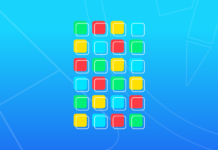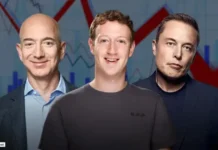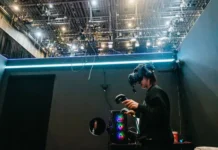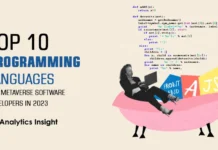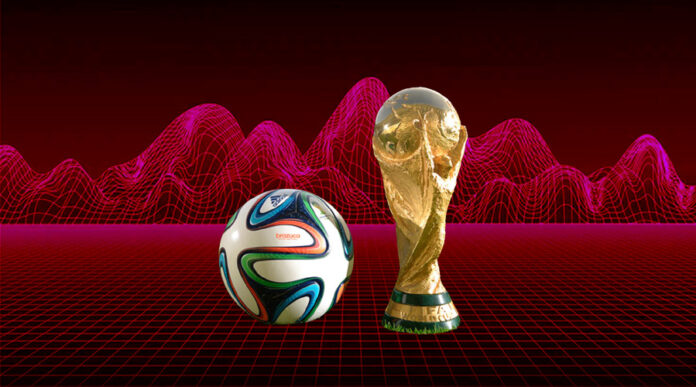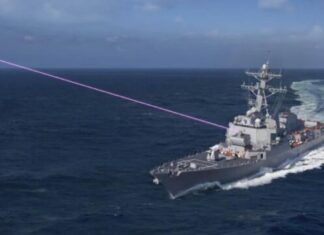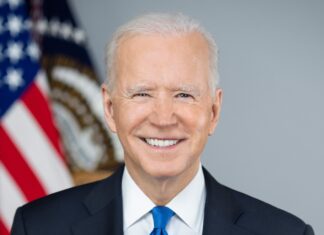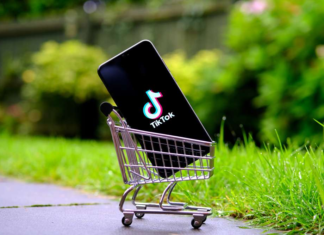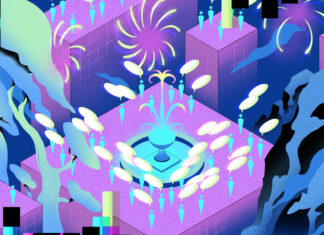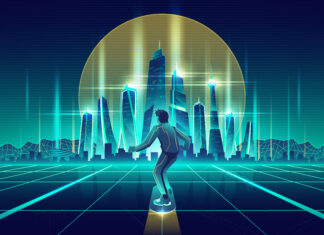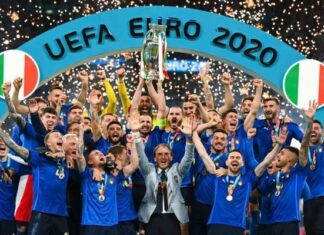FIFA World Cup enters metaverse and Web3 to embrace the latest buzzwords in tech field
Sports leagues in the metaverse are a great way to get people engaged and excited about sports. They offer a new level of interactivity and immersion that traditional sports leagues cannot provide. With the right mix of sports, competition, and social interaction, the metaverse might have the potential to take sports leagues further by offering a new way for fans to connect with others and have fun. FIFA World Cup enters metaverse to embrace the latest tech buzzword. In 2010, some FIFA World Cup matches were broadcast in 3D. In 2018, it offered a virtual reality experience. Now it’s the metaverse. As the FIFA World Cup enters metaverse, how will fans react to it?
Upland and FIFA announced a multi-year partnership on Wednesday that officially begins later this month at the World Cup in Qatar. A first for both sides, this union allows football fans worldwide to collect, trade, and own FIFA digital assets and game highlights, embracing a joint objective to help them grasp how the metaverse and Web3 function.
Over the course of this collaboration, Upland and FIFA will jointly develop exciting, gamified experiences in the largest open metaverse mapped to the real world. For the World Cup, over 3 million accounts will gain access to a fully constructed virtual replica of the Lusail Stadium alongside a World Cup branded village, shops, and showrooms. Upland also has plans to offer a collection game for supporters, with a limited number of mystery bundles at multiple rarities available. These offers include country-specific team crests, boots, shirts and retro logos, posters, and mascots so that users can complete digital collector’s albums across all 32 nations represented in this year’s tournament.
First up is AI League: FIFA World Cup Qatar 2022 Edition, which is a “4-on-4 casual football game, played between AI-controlled characters, with player input at fun and tactical moments.” This is a common theme in web 3.0 games, because it’s much easier to design and implement. It also removes any enjoyment from the game, another hallmark of web 3.0 titles.
The second is, the FIFA World Cup enters Metaverse. “Upland is the largest blockchain-based metaverse mapped to the real world,” the release says, “where players can buy and sell virtual properties. Now they can collect official FIFA World Cup digital assets, including legendary video highlights of the tournament.” It feels like people are back in March 2021.
The third, Matchday Challenge: FIFA World Cup Qatar 2022 Edition, “targets the emotional high of football fandom through a highly engaging casual social prediction game based on football cards, where the essence of the fun is derived not just from “getting it right” but by being the best among your friends.”
Football in the Metaverse
As consumers and fans become more immersed in virtual spaces, sports organizations need to embrace this shift to ensure their brands can prosper in a new world – especially if you think of sports organizations as media and entertainment companies. The Metaverse is where the audience, alongside players and commercial partners, can free up their virtual imagination to create new stories and find the best way to tell (and then monetise) them.
Leading sports organizations have already adopted this new way of interacting with fans. Manchester City plans to build the Etihad Stadium in the Metaverse so that it can showcase live matches in a new atmosphere with different layouts. Major League Soccer recently partnered with GreenPark Sports to create a Metaverse environment that will drive fan engagement. FC Barcelona will drop their first NFT (non-fungible token) soon, part of their plan to create a great digital center for their fans. Clubs could build more of these virtual environments, such as training centers and museums, to enable fans to meet and interact with players on a daily basis.








